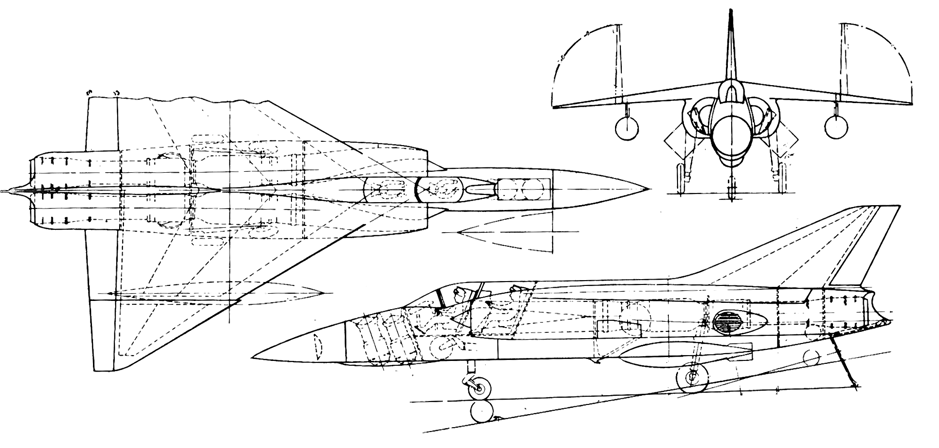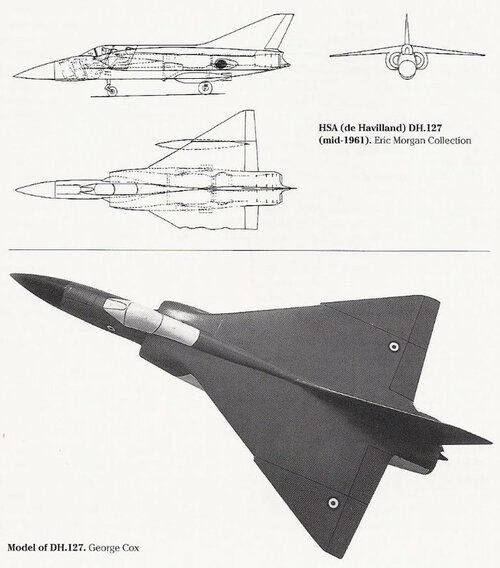
www.usarmygermany.com
A map of mid-60s locations of NATO Hawk/Hercules SAM belt from the Baltic-Switzerland. US invited Central Front Allies 2/57 to join in.
UK declined, but plugged our bit with Thunderbird I, wef 11/61 and Lightning F.2, ordered by vandal
Sandys 14/6/59, but not opnl Gutersloh till 23/9/65, delayed not by him. He
never dictated
no fighters.
His Stormy Paper, 4/57 said: “A manned fighter force for
(Defence of the Deterrent) will be maintained
(later) equipped
(w.AAMs) These fighter
(s) will
(be) replaced by a
(SAM,) supplemented or replaced by
(MRBMs)”. he said all that because we, our forebears, could not equip and crew jousting knights to amaze us by knocking down bad guys over our cities.
Everybody else agreed and did much the same. USAFE Fighter Interception Wings largely became Fighter Bomber, then Tactical Fighter Wings. Luftwaffe JG became JaBo. SAMs sprouted. The Hawk Belt was to protect mobile Land Forces and military high value assets.
The selling attraction of cheaper types like F-5s, Mirage IIIs, later F-16 was...multi-role: self-defence while strafing, searching.
See
uk75 #313,327: "The problem with the idea that the RAF lost a high speed fighter is that it did not need one". If read calmly, not bewailing loss of fantasies,
Sandys/4/57 was saying: "if AW-armed Bombers get close enough to find our cities, they will get through in sufficient quantity to delete us, so let's use our resources to deter that, by covering launch of our retaliation". That was what he was being told by
Airmen. They were now all-Regular, so scarce and expensive: they wanted good kit with tail trim actuators that would not kill them.
They had much improved kit by late-60s. They then discovered their availability rates were dismal by civil standards; they heard people could change out a jumbo engine in fewer hours than they needed days...unless they were still flying on stacked engines. By 2000 they were flying types that had enjoyed early input from Maintainability/Reliability professionals (RAF's first One Star Engineer was in c.1990).
But they still have much to learn from civvy street. Clever kit, grounded, not good.


